Recycled art
Upcycled art, when waste becomes art
Glass bottles, plastic bags and other waste that would end up filling landfills or floating in the sea have, in the hands of some artists, become a form of sustainable art that highlights the degradation of the planet and surprises with its originality. The possibilities stretch as far as the imagination.
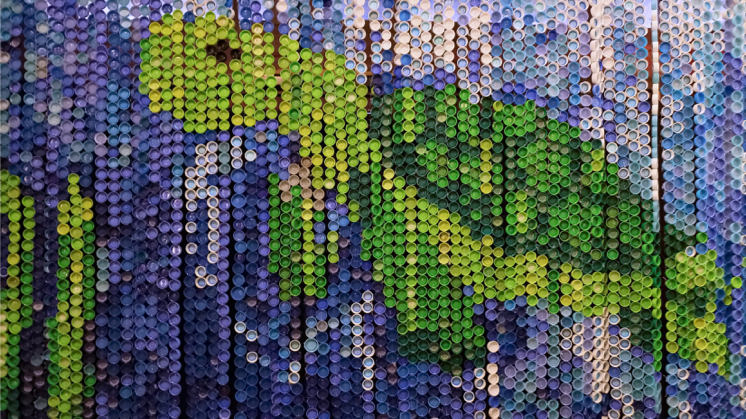
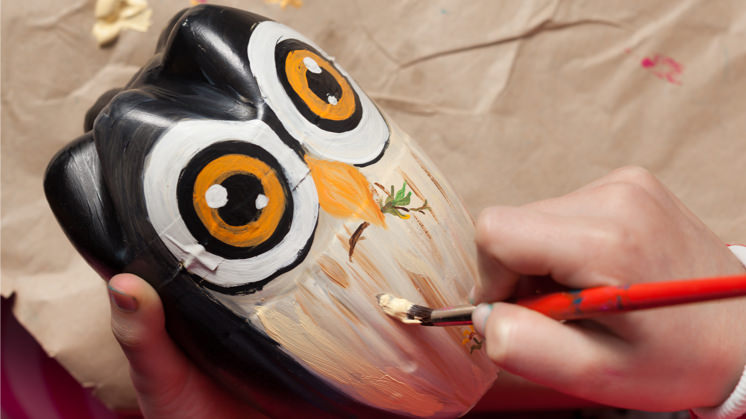
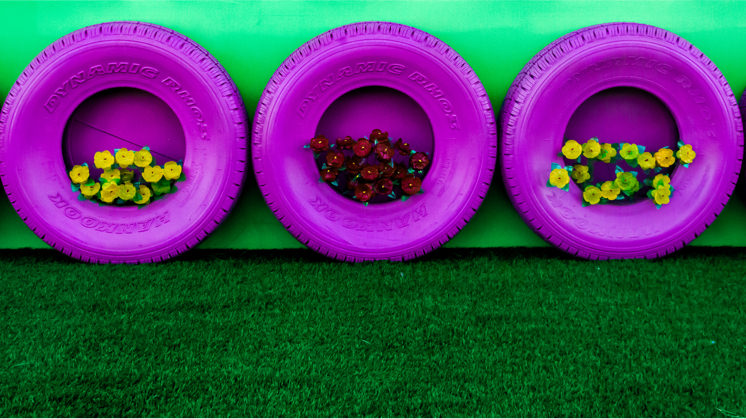
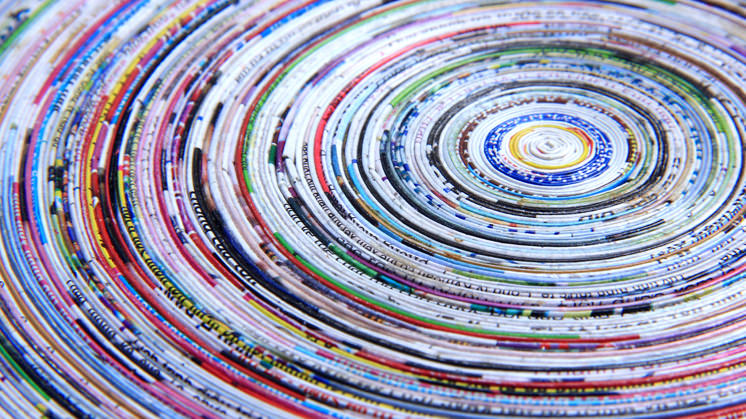
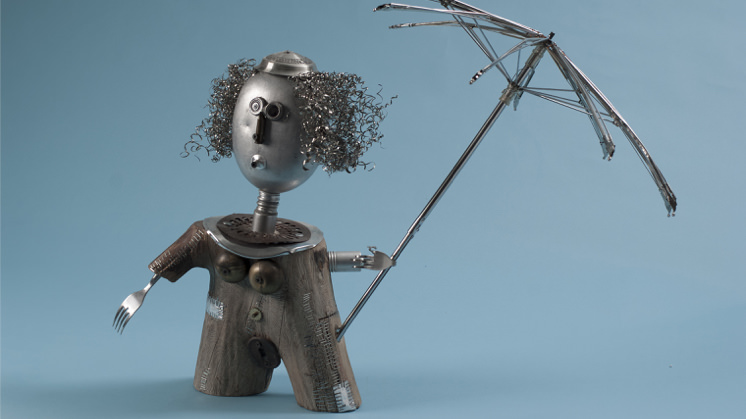
What is upcycled art?
Today's society generates an enormous amount of waste. As a result, recycling has become an essential action to protect the environment. Within this area, two approaches have emerged, downcycling and upcycling. In the former, the destructive cycle is slowed down but the resulting objects lose quality as a result of the process, while in the latter they acquire value thanks to the creative intervention.
Just like us, our waste also deserves a second chance and uprecycling has led to the emergence of an artistic movement known as recycled art — upcycled art or upcycling art — that is currently inspiring many artists around the world with its critical message regarding excessive consumption and environmental pollution. This type of art seeks to transform waste such as paper, cardboard, wood, glass, plastics, metals and rubber into works of art. The concept, therefore, goes beyond the conventional recycling of materials by creating objects that exceed the economic, cultural and social value of the original product.
In a strict sense, this kind of artistic expression is not new. In fact, we can compare it with movements from other times. For example, the collages made by Pablo Picasso or George Braque with old newspapers or magazines at the beginning of the 20th century or even works belonging to schools such as Pop Art, Trash Art or Drap Art. But the concept itself was born in 2002 when William McDonough and Michael Braungart defined upcycling in their book Cradle to Cradle. Redesigning the way we do things.
The advantages of transforming waste into art
One of the main characteristics of this style is that it is not limited to any discipline, it is represented in all of them. We can find recycled art in a painting, in a sculpture, in haute couture or in the furniture in a house. Furthermore, the environmental values, in terms of recycling and the reuse of the materials, have as much value as the artwork itself.
The environmental benefits of recycled art include, for example, its contribution to the use and extending the useful life of materials and, as a consequence, by reducing the amount of waste generated. It takes a great deal of creativity and a degree of technique to work with these materials. In addition to this, the artists who create this type of work must ask themselves some questions before facing the challenge: Will the energy consumed in creating the work be excessive? Are the materials to be used really waste? What percentage of my work will be made up of waste? Will the work bring an environmental benefit?
The people who buy this type of art not only find the works attractive for their artistic value, but they are also motivated by contributing to the planet's welfare giving the materials a second life they would otherwise not have had. This movement is also a very interesting educational tool to raise awareness in society, especially among children, regarding the consequences of our actions on the environment and the importance of recycling.
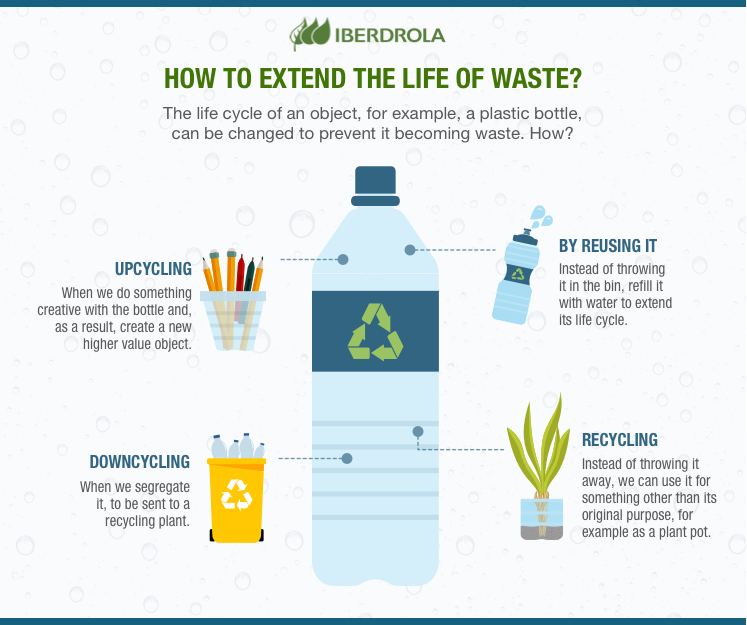
SEE INFOGRAPHIC: How to extend the life of waste? [PDF] External link, opens in new window.
Recycling artists
Upcycled art is a technique that requires many hours of exploring and experimenting with the materials and their possibilities, as well as time to collect the waste. What is the outcome? Amazing works in which the only limit is the artist's imagination and creativity. A growing number of artists, also known as upcyclers, are committed to this type of sustainable art, of whom the following stand out:
- Gerhard Bär: this German designer has been creating art and everyday objects from plastic rubbish for more than 20 years. His work brings together aesthetics, ecology and social responsibility.
- Martha Haversham: a multidisciplinary artist from London focused on creating images and collages from waste related to women's fashion.
- Michelle Reader: this English artist makes sculptures with mechanical elements recycled from toys and watches she collects from landfills, roadsides and second-hand shops.
- Wim Delvoye: a Belgian conceptual artist who works with used tyres. Without modifying the wheel's structure he sculpts figures inspired by nature such as flowers and plants.
- Yuken Teruya: an artist with a Japanese background who bases his work on the use of materials such as toilet paper rolls, paper bags and butterfly chrysalises, often to reflect life in Okinawa, his birthplace.
Blockchain will revolutionise art




